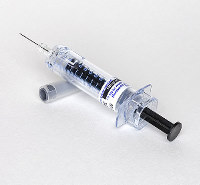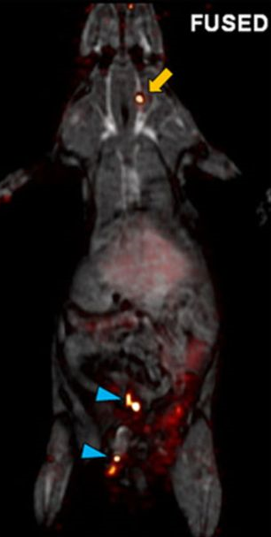Most trauma programs tend toward using low molecular weight heparin (LMWH) products for VTE prophylaxis over plain, old-fashioned unfractionated heparin (UH). How did this happen? LMWH is more expensive than UH, and there is precious little high quality research supporting it.
But, LMWH is very convenient, as it only needs to be given only once or twice daily via subq injection, whereas UH is given as a continuous infusion or subq three times a day. And a fair amount of lower quality data suggests that it is effective in decreasing deep venous thrombosis (DVT) and pulmonary embolism (PE).
This abstract comes from Sunnybrook in Toronto. The authors used sophisticated statistical models to compare centers that predominantly use LMWH to prevent VTE vs those that use UH.
Here are the factoids:
- This was a huge data analysis from the ACS Trauma Quality Improvement Program database (~ 110,000 records from 214 trauma centers)
- LMWH was most commonly used, 74% of the time
- Patients who were more likely to need rapid reversal were more often given UH (older patients, severe TBI, early intracranial interventions)
- Pulmonary embolism was significantly lower with LMWH (1.8% vs 2.4%)
- This significant effect was present across all subgroups, including patients with shock, blunt multisystem injury, penetrating trunk injury, isolated orthopedic injury, and severe TBI
- Trauma centers that predominantly used LMWH had significantly lower PE rates compared to UH (1.2% vs 1.8%)
Bottom line: Even given the vagaries of using huge, retrospective database reviews, this is pretty good data. The use of LMWH appears to be superior to UH in reducing the incidence of pulmonary embolism. It does not prevent it completely. But it’s a good start.
What the authors do not say, and I am curious about, is the impact on DVT. That is a much more common problem than PE. Was there any difference? Did they run out of room to comment on it in the abstract? I kind of doubt it. The devil will be in the details. Listen in on the presentation at the meeting!
Reference: Efficacy of low molecular weight heparin vs unfractionated heparin to prevent pulmonary embolism following major trauma: results from the American College of Surgeons Trauma Quality Improvement Program. AAST 2016 Paper #5.


